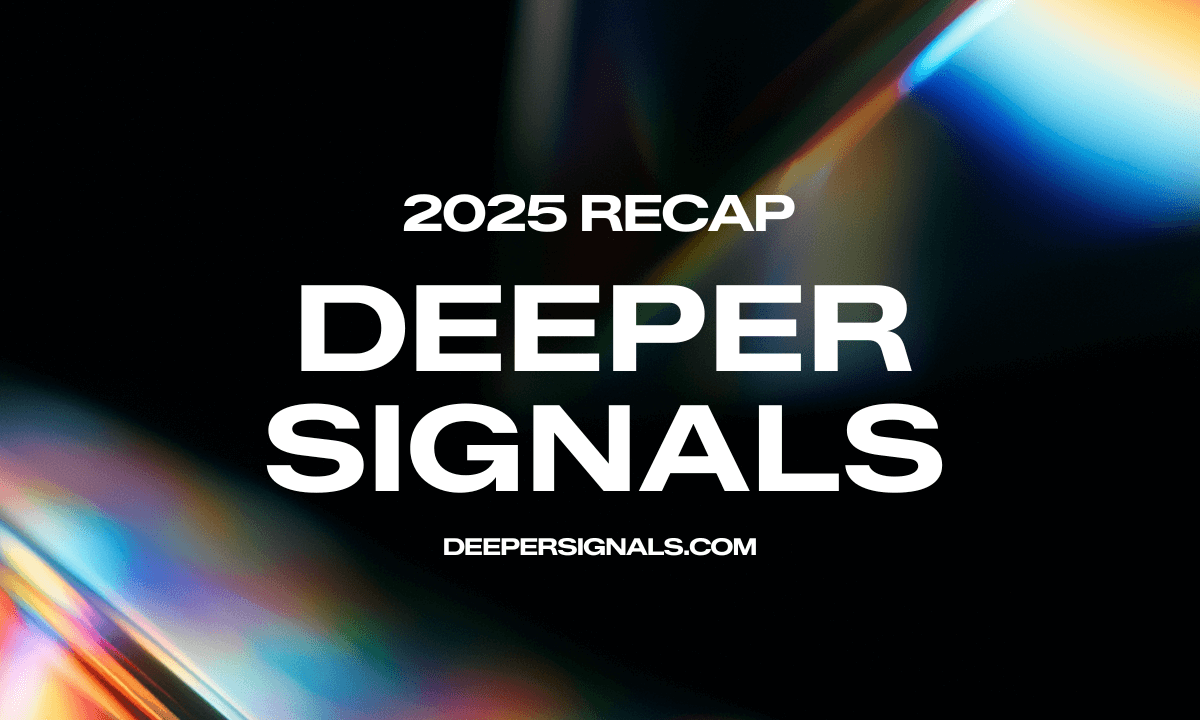How your Core Drivers become Core Risks
In the last two articles in this three-part series we explored the role of self-awareness in understanding our extreme behaviors and proposed a refreshed approach for interpreting these tendencies. In this final article, we take a closer look at our “Core Risks” framework and explain how individuals can manage their extreme tendencies.
The Extremes of our Core Drivers
The Core Drivers framework forms the backbone of Deeper Signals’ approach to understanding an individual’s talents. Grounded in science and data, the Core Drivers describes how we show up and perform at work. Yet, as with most things, our talent is also subject to the “too much of a good thing” effect. That is our Core Drivers — sources of strength and talent — can become overused and dysfunctional when at their extreme. We call these behaviors “Core Risks”.
Let’s take the Passionate Core Driver. Normally this describes people who are critical, emotionally sensitive and in tune with their feelings. However, when Passionate people are overwhelmed, they can become “Intense” — anxious, worried and self-critical, behaviors that strain relationships and one’s ability to perform. Similarly, Candid individuals are typically direct, upfront and straightforward. Yet, they can become “Insensitive” to other’s emotions leading to conflict, a lack of empathy and group tension. In the graphic below you can see how each of the 12 Core Drivers turn into Core Risks.
Each Core Driver, a strength, has a Core Risk. When attempting to amplify our talents, we must stay aware of the associated risks of overusing or relying on them when we drop our guard. Although uncomfortable and unintuitive, learning to live with our Core Risks can help us become more successful, more balanced, and better colleagues.

Our Guiding Principles
Before diving into how these risks can be managed, it is important to understand the key tenets that guide our approach.
Personality is coachable
A core principle that forms the foundation of Deeper Signals’ tools and is at the heart of our mission is that personality change is possible. Though it is hard, we support the research-based view that with insight, awareness and the right level of motivation, individuals can shift their baseline characteristics. The intent of our diagnostics is to provide the first critical step in facilitating improvement through feedback.
Behavior is contextual
Studies suggest that every individual has the tendency to behave in some ways that are unfavorable to their effective social functioning. Often, it is circumstances that determine whether or not these behaviors surface. Behavior is determined by environmental factors and is not a function of personality alone. Moreover, obtaining an extreme score in a diagnostic, does not necessarily imply that an individual will exhibit these behaviors. It is merely an indicator of a greater probability, especially when the individual is stressed or exhausted.
Extreme behaviors are unconscious
People generally have the tendency to adapt their behavior in a way that enhances their self-image or shines them in the best light. But often, we are unaware of our blind spots, until they have been pointed out to us. These usually are our extreme tendencies and we tend to be unconscious of these. The intent of Deeper Signals’ diagnostic tools is to facilitate a reliable way of bringing them to our conscious awareness, so they can be worked on.
Our risks are our strengths overused
Finally, it is important to be mindful that some of our personality traits may be a result of habitual or adaptive responses to life events, trauma, or unusual circumstances. In this regard, extremes could be regarded as overused strengths. Extreme behaviors are part of a continuum, and in moderation, some of these could work in our favor.
Managing our risks
With these principles in mind, it is our view that Core Drivers are our unique strengths that become Core Risks on days we are not at our best. Managing our risks and changing our behavior is possible with the first and most formative step being self-awareness. Understanding how our risks get in the way of our effectiveness help us convert this awareness into insight. It enables us to determine which elements of our personality could be dialed up or down to become more effective decision makers, team members and leaders.
Turning this insight into action is where the magic unfolds. Deeper Signals’ Digital Coach provides tips for small, science-backed, micro-actions that can easily be practiced on a regular basis to mitigate these risks. While change is hard, it need not take a herculean effort. Small habits built over time, can compound and help attain “big, hairy, audacious goals”.
We all have strengths, limitations and risks to be managed. Self-awareness combined with small, incremental changes, have a snowball effect in realizing one’s potential.





























